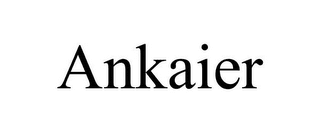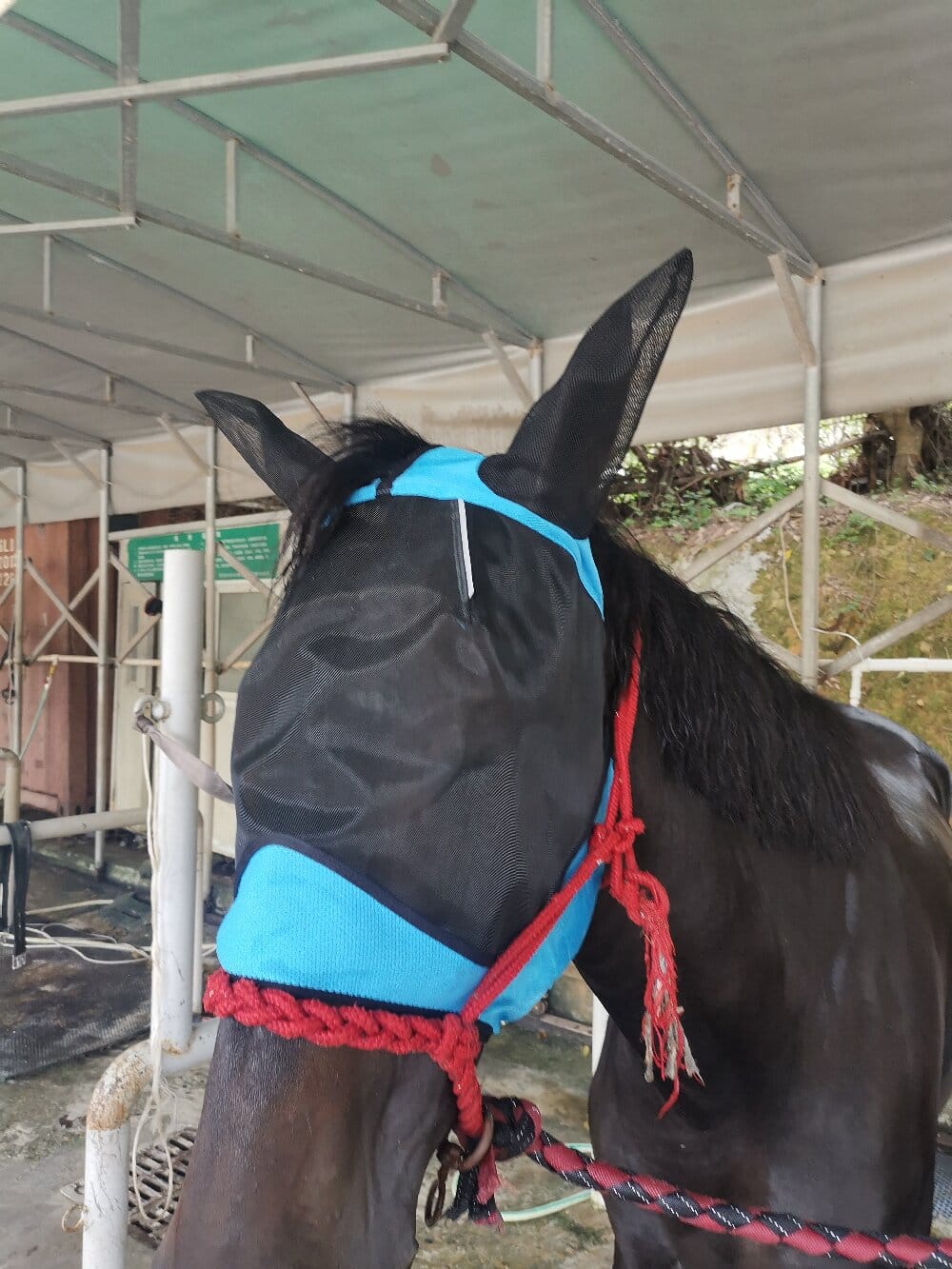A horse fly mask is an essential piece of equine equipment, often mistaken as a simple luxury. For the discerning horse owner, however, it represents a critical line of defense against a relentless onslaught of flying pests. From the common housefly to the painful bite of the deer fly, these insects are more than just an annoyance; they can cause significant stress, skin infections, and even transmit diseases. This article delves into the multifaceted world of fly protection, moving beyond a simple product description to a comparative analysis of needs, materials, and designs to help you make the most informed choice for your equine partner.
The Core Function: More Than Just Shooing Flies
At its most fundamental level, any fly mask serves to create a physical barrier between a horse’s face and insects. Yet, the evolution of this equestrian staple has led to specialized functionalities. The most basic mesh face coverings protect the main facial area, including the eyes and ears. However, a comparative look reveals significant advancements. Many modern masks now offer integrated ear covers made of fine mesh, which is crucial for preventing gnats and flies from causing irritation and potential infections within the sensitive ear canal. Furthermore, nose flaps or extended bibs provide coverage down the muzzle, protecting areas particularly vulnerable to fly bites and the summer sores they can instigate.
A Material World: Weighing Durability Against Comfort
The choice of material is a primary point of differentiation in any horse fly mask analysis. The most common material is a soft, flexible polyester or nylon mesh. This fabric is prized for its breathability, allowing for adequate air circulation while providing excellent visibility for the horse. When comparing options, look for a tight enough weave to block the smallest insects but loose enough to not impede vision. Some manufacturers have introduced masks with a touch of spandex or lycra, offering a contoured, second-skin fit that minimizes rubbing. On the more durable end of the spectrum, masks made with stronger mesh or even a lightweight ballistic nylon are available for horses that are particularly rough on their gear or live in herds with playful companions. The trade-off here often lies in a slight reduction in ultra-fine breathability for a significant gain in longevity.
The Ultimate Protection: Why a Full Face Fly Mask Matters
For horses with specific sensitivities or those living in regions with intense insect populations, a standard mask may not suffice. This is where the full face horse fly mask becomes a game-changer. These designs offer the most comprehensive coverage, typically integrating the ears, eyes, and entire muzzle into a single, seamless unit. From a comparative health perspective, this is the gold standard for preventing conditions like conjunctivitis (pink eye) from flies, shielding delicate eye tissues from UV radiation, and stopping flies from laying eggs around the nostrils. While some horses may need an adjustment period to accept the more extensive coverage, the relief provided from constant biting and irritation is often well worth the initial training.
Specialized Features and the UV Factor
A thorough analysis would be incomplete without considering specialized features. A significant innovation in the realm of equine fly wear is the incorporation of ultraviolet (UV) protection. Much like sunscreen for humans, a UV-blocking fly mask protects horses with pink skin or white faces from sunburn, which can be both painful and lead to more serious conditions. The level of protection varies, with some masks offering a UPF (Ultraviolet Protection Factor) of 50+ or higher. Other features to compare include:
- Quick-Release Safety Features: A breakaway crown piece or elastic that will snap under pressure is non-negotiable for preventing injury should the mask get caught.
- Trimmed Ears and Nosebands: Soft fleece or faux sheepskin lining on the edges can prevent chafing, especially for horses with sensitive skin.
- Detachable Parts: Some masks allow you to remove the ear covers or nose piece, offering versatile protection that can be adapted to daily insect activity levels.
Making the Informed Choice: A Summary of Considerations
Selecting the right fly protection is not a one-size-fits-all decision. It requires a careful comparative assessment of your horse’s individual environment, temperament, and health needs. For the average horse in a low-to-moderate insect area, a standard mesh mask with ear covers may be perfectly adequate. For the horse that is turned out 24/7, has UV sensitivity, or is relentlessly targeted by biting flies, investing in a full face mask with high UPF rating is a wise decision for their long-term comfort and health. Ultimately, the best fly mask is the one that your horse will comfortably wear, providing consistent protection that allows them to enjoy their time outdoors, free from the persistent torment of flies. By understanding the nuances of design, material, and features, you can become an advocate for your horse’s well-being, ensuring they are equipped not just with a mask, but with a true guardian for their most expressive features.

